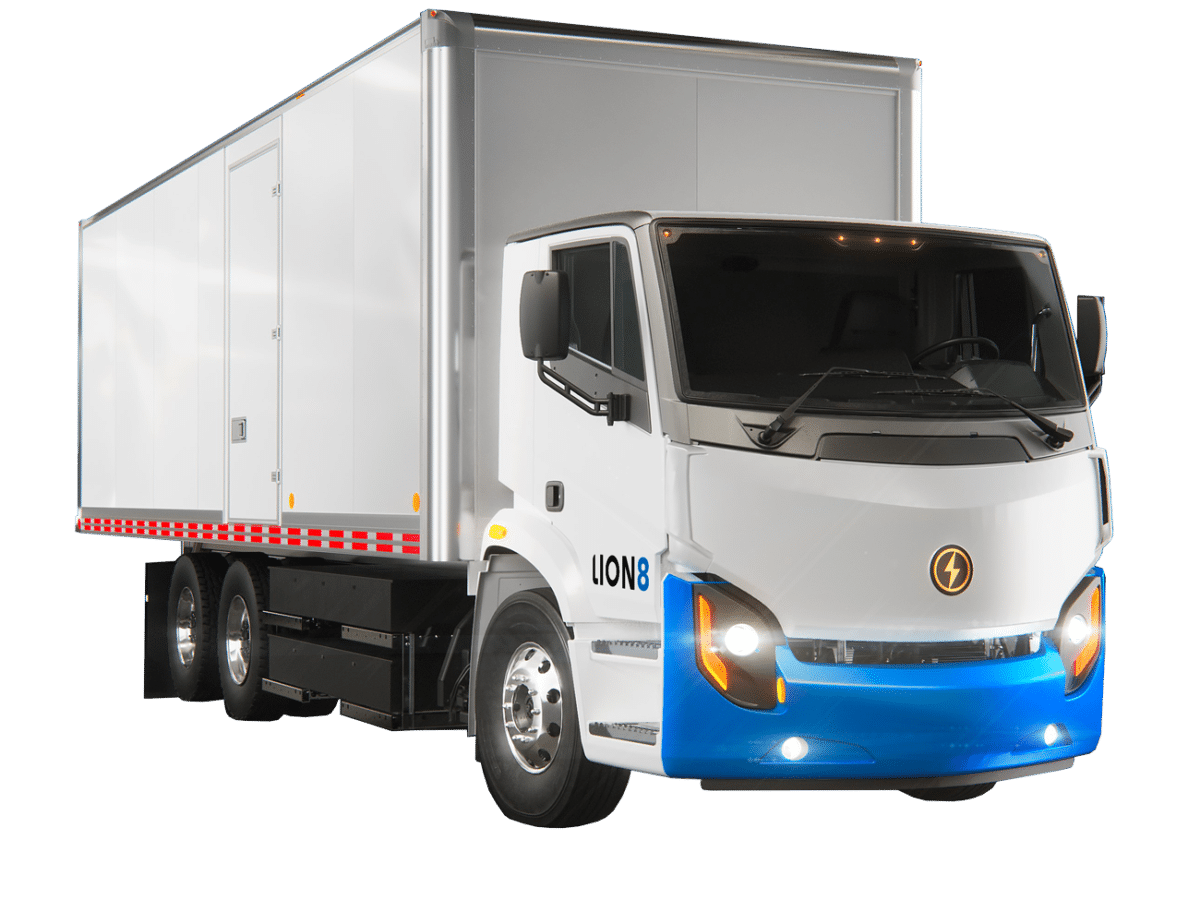The challenge of urban air pollution has emerged as a significant barrier to healthy development. In 2014, almost half of the American population resided in areas that fell short of federal air quality standards. This concerning trend correlates with a notable demographic shift noted by the Pew Research Center: between 2000 and 2014, urban regions in the U.S. saw a net gain of 1.6 million migrants, marking a move from areas with cleaner air to those more polluted.
The solution to improving urban air quality has been recognized within the scientific community since at least 1958, when a report in the Journal of Chemical Education contrasted the air pollution in Los Angeles ― with more cars per capita than any city on Earth ― and other major cities. The authors were confident that automobile exhaust was the main driver of urban air pollution for several reasons: the chemical composition of automobile exhaust, comparison of the estimated quantities of pollutants emitted by automobiles with those measured in the atmosphere, and distribution of traffic compared to the distribution of pollution effects. The report noted “the elimination [of air pollution] will depend on how much the citizens of Los Angeles and other affected areas are willing to pay for a remedy such as a device to be used on automobiles.”
Flash forward to the present. Emissions from transportation are the largest contributor of greenhouse gas emissions in the United States. According to the EPA, greenhouse gas emissions in the transportation sector increased more in absolute terms than any other sector from 1990 to 2021. Yet cities already have the solution. The miraculous “device to be used on automobiles” hypothesized decades ago is well-known today: engines powered by electricity, not gasoline, that eliminate tailpipe emissions altogether.
Years of research have also revealed the startling effects of toxic emission exposure on early childhood development, especially among non-White communities. The need for cities to reduce pollution is a moral imperative with clearly defined consequences for their most vulnerable residents:
-
Children’s increased exposure to air toxins during infancy can delay brain development and reduce reading and math abilities. For some, the effect is equivalent to losing an entire month of elementary school.
-
Pollution in the “most White” and “least White” census tracts across the United States is unevenly distributed. Nitrogen dioxide levels in the least White tracts were nearly three times higher than those in the most White, according to research published by the National Academy of Sciences. This is because many minority communities are jammed up against highways and major traffic corridors, often because of past redlining and highway construction cutting through their neighborhoods.
-
According to the American Lung Association, if all new cars, pickup trucks, and SUVs sold by 2035 were zero-emission, there would be up to 89,300 fewer premature deaths, 2 million fewer asthma attacks, 10.7 million fewer lost workdays, and a savings of $978 billion in public health benefits across the United States by 2050.
Norway is often cited as a real-world example of how EV adoption can reduce air pollution. About 80% of new cars sold there now are fully electric, and another 10% are plug-in hybrids. The country is powered by an electricity grid that is already very green (91.8% hydropower and 6.4% wind). As a result, emissions of dangerous particles less than 2.5 micrometers in size plunged by nearly three-quarters from 2000 to 2020.
California’s ambitious EV adoption goals in recent years have yielded measurable results, too. According to a zip-code based ecologic study conducted in California from 2013-19, increasing the number of electric vehicles per 1,000 people by 20 in a given zip code was associated with a 3.2% drop in the rate of emergency room visits due to asthma ― a common side effect of inhaling combustion byproducts such as carbon monoxide, sulfur oxides, nitrogen oxides and aldehydes.
So, what’s a city to do? It can start by setting an example for residents by ditching gasoline-powered fleet vehicles in favor of EVs. These are cars, trucks, and buses that, by definition, conduct business within city limits. The growing number of fleet conversions at both the city and county levels appear to acknowledge both the problems associated with toxic automobile emissions and the obvious solution. The largest municipality in North America, New York City, already operates more than 4,000 government-owned EVs. The EPA’s Clean School Bus Program is providing more than $5 billion to help cities prioritize vehicles moving children and idling near schools.
Cities are also finding other ways to use taxpayer dollars to encourage EV adoption. In Los Angeles ― ground zero for harmful tailpipe emissions ― residents now enjoy more than 1,100 public charging stations, free parking and charging for EVs at some locations, and rebates for residents who install home chargers. In the San Francisco Bay Area, EV drivers receive reduced bridge tolls.
Advances in EV technology have been rapid enough over the last decade that cities and counties have no excuse not to meet the imperative of embracing EV adoption. In a world rapidly evolving toward urbanization, the menace of air pollution stands as a dark shadow, threatening the health and futures of our children. The correlation between toxic emissions and cognitive impairment in the most vulnerable communities paints a sobering picture of inequality and environmental injustice. Yet, amidst this gloom, the electric vehicle revolution shines brightly as a beacon of hope.
Cities are not just sprawling centers of economic growth and human potential; they also bear the responsibility of shaping the quality of life for millions. Every child deserves the right to breathe clean air, and every parent the assurance that their child’s environment isn’t silently eroding their potential. Data from places like Norway and California present not just a vision but a tangible reality of what is achievable.
As we stand on the cusp of technological and societal shifts, it’s no longer a question of whether cities can afford to embrace electric vehicles but whether they can afford not to. Let the drive toward an electrified future be the legacy we leave behind.

Kate L. Harrison is the co-founder and head of marketing at MoveEV, an AI-backed EV transition company that helps organizations convert fleet and employee-owned gas vehicles to electric, and reimburse for charging at home. With more than a decade of experience as a serial entrepreneur and seasoned marketer, Kate has worked with small businesses, nonprofits, and government organizations to make the world a better place. She is a best-selling author, thought leader, and frequent speaker at conferences and events, sharing her insights and experiences with others who are working to create a more sustainable future.
The views and opinions expressed in this article are the author’s own, and do not necessarily reflect those held by pv magazine.
This content is protected by copyright and may not be reused. If you want to cooperate with us and would like to reuse some of our content, please contact: editors@pv-magazine.com.








By submitting this form you agree to pv magazine using your data for the purposes of publishing your comment.
Your personal data will only be disclosed or otherwise transmitted to third parties for the purposes of spam filtering or if this is necessary for technical maintenance of the website. Any other transfer to third parties will not take place unless this is justified on the basis of applicable data protection regulations or if pv magazine is legally obliged to do so.
You may revoke this consent at any time with effect for the future, in which case your personal data will be deleted immediately. Otherwise, your data will be deleted if pv magazine has processed your request or the purpose of data storage is fulfilled.
Further information on data privacy can be found in our Data Protection Policy.